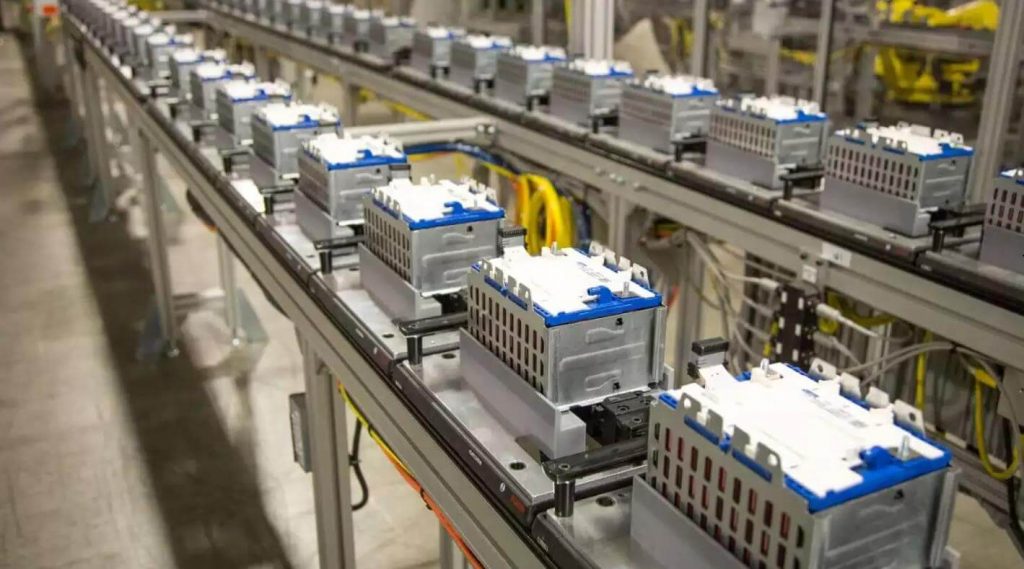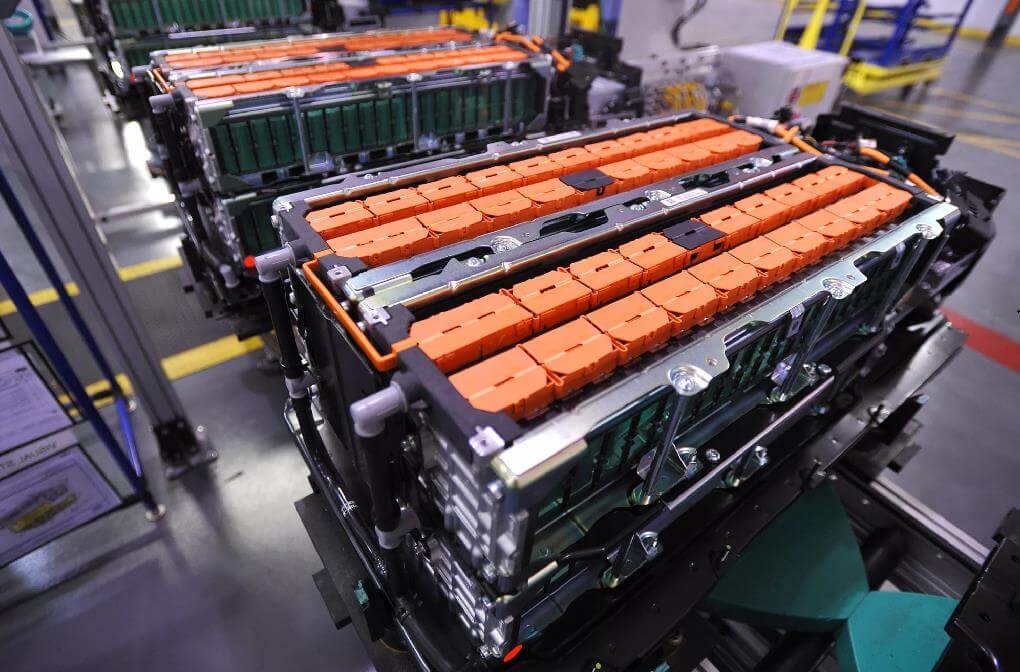Recently, the price of lithium carbonate has skyrocketed, which also shows that the lithium battery industry is booming and the future trend is clear. Lithium carbonate is a key raw material for the lithium battery industry, and its production has long been monopolized by companies such as Chile’s SQM. With the development of the lithium battery industry, the production technology of lithium carbonate has gradually matured.
At present, most of the processes for extracting lithium carbonate from salt lake brine are used as raw materials. Compared with the preparation of lithium carbonate from spodumene, the preparation of lithium carbonate from salt lake brine is not only high in lithium content but also rich in resources and energy-intensive. Low, low product prices. The main processes for preparing lithium carbonate from salt lake brine are the evaporation precipitation method, calcination method, solvent extraction method, electrodialysis method, aluminate precipitation method, adsorption method, etc.
No matter what process method is adopted, the obtained lithium carbonate mother liquor needs to be concentrated, precipitated, washed and dried in the end, and finally the finished product lithium carbonate can be obtained.
In the concentration process, we use a multi-effect evaporator, and the commonly used three-effect circulating evaporator. The lithium carbonate mother liquor is further concentrated to a certain concentration, and then the lithium carbonate is precipitated. The washed lithium carbonate precipitates, and the surface water needs to be removed, which requires the use of our industrial drying machine.

There are many kinds of lithium carbonate dryers. Generally, according to the different moisture content of lithium carbonate precipitation, we recommend different drying equipment. One-time drying, reduce the water content of lithium carbonate to less than 1%. If the initial moisture content is low, a pan dryer is recommended, which can also reduce the moisture content to less than 1%.
In the flash dryer, the hot air enters the bottom of the dryer tangentially, and is driven by the agitator to form a powerful rotating wind field. The material enters the dryer from the screw feeder. Under the strong action of the high-speed rotating stirring paddle, the material is dispersed under the action of impact, friction and shearing force, and the block material is quickly pulverized, fully contacted with hot air, heated and dried. The dried material is carried by the airflow into the dust collection system for collection to complete the entire drying process.
The disc dryer adopts the conduction heating method. The material is fed from the upper feed port, and after being heated by the hollow disc with multiple layers of steam/heat-conducting oil, the water gradually evaporates and is extracted from the moisture outlet by the induced draft fan. The dried material is collected from the bottom receiving port.
Both types of drying equipment are produced continuously. The flash dryer dries quickly, but consumes a little more energy and occupies a large area. The disc dryer has very low energy consumption and a small area. Both have their own advantages and can be selected according to the different initial states of lithium carbonate.

